Planning performance statistics: annual report 2018-2019
Annual statistics on planning decision-making and timescales for 2012-2013 to 2018-2019, based on quarterly data collected by the Scottish Government from Local and Planning Authorities as part of the Planning Performance Framework (introduced in 2012).
3. Annual Trends – Major Developments (excludes legacy cases)
Major developments include applications for developments of 50 or more homes, as well as other applications covering areas of development such as minerals, housing, business & industry, waste management, electricity generation, freshwater fish farming, marine finfish farming, marine shellfish farming and other developments.
Classification between local and major developments depends on the particular development type. For example, housing developments are classed as major when the application is for 50 or more dwellings or for a site that exceeds two hectares, whereas electricity generation is classed as major when the capacity of the generating station is or exceeds 20 megawatts.
Details for the classification of all development types can be found here: http://www.gov.scot/Resource/Doc/278390/0083657.pdf.
For the longer trends figures for all applications, which include legacy cases validated before 3rd August 2009, are shown up to the end of 2016/17. From quarter one 2017/18, because of the limited number of legacy cases still being processed, figures are only shown for applications validated post 3rd August 2009.
Figures shown in longer term trends do not include applications subject to a processing agreement as these are not included in average decision time calculations.
3.1. Major Developments – Overview
The overall average decision time of 32.5 weeks for major developments in 2018/19 not subject to a processing agreement is quicker than the previous two years.
Chart 23: Total Applications for Major Developments
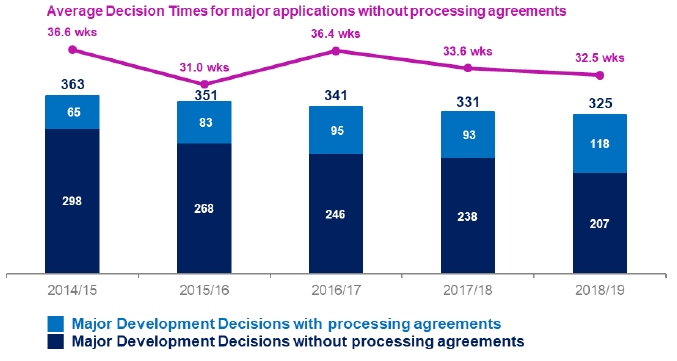
During the year 2018/19 52 applications, just over a quarter (25.1%) of all major development decisions not subject to a processing agreement had involved a clock stop at some point within the application process. The average time stopped was 39.3 weeks for these applications. This will have had an effect on overall average decision times. See Section 12 for further details on clock stops.
In 2018/19 the average decision times for housing (35.1 weeks) and electricity generation (25.6 weeks) were the quickest since the start of this data collection in 2012/13. The average decision time for business and industry applications (23.7 weeks) was quicker than the previous two years. There was an increase of just over three days in the average decision time for major Other Development applications compared with 2017/18.
3.2. Major Developments - Longer term trends
This section presents annual information on average timescales across all major developments not subject to processing agreements, along with separate figures for key categories. Information on decisions for all specific categories of developments is available within the detailed excel tables at: Planning Authority Performance Statistics 2018/19 Annual.
3.2.1. All Major Developments
Chart 24: All Major Developments: Number of decisions
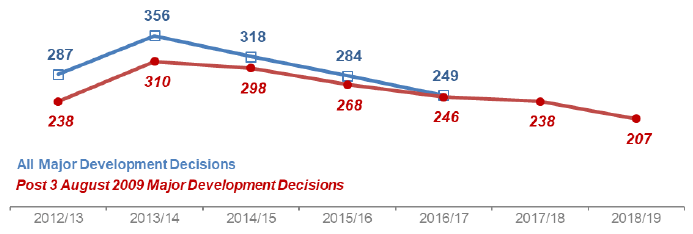
Chart 25: All Major Developments: Average decision time
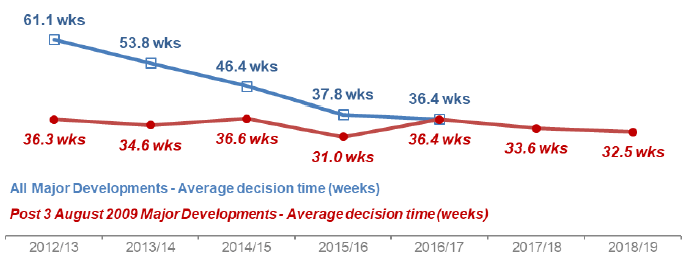
3.2.2. Major Housing Developments
Major Housing developments are those with 50 or more dwellings or with a site area that is or exceeds 2 hectares where the predominant use is for housing.
Chart 26: Major Housing Developments: Number of decisions
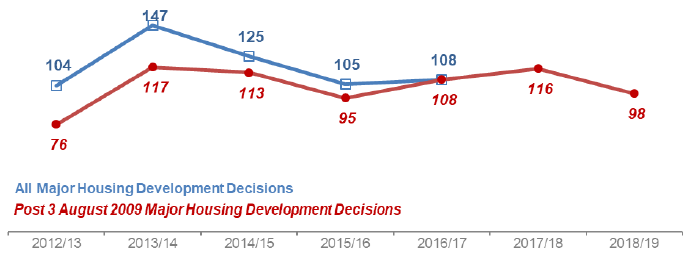
Chart 27: Major Housing Developments: Average decision time
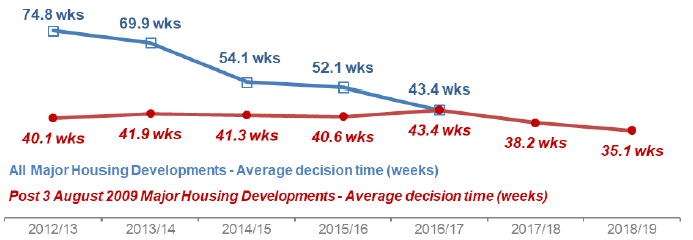
3.2.3. Major Business and Industry Developments
These include construction of a building or structure for any of the following: use as an office, for research and development of products or processes, for any industrial process or for use for storage or as a distribution centre.
To be classed as major the gross floor space as a result of the development must exceed 10,000 square metres or the site must exceed 2 hectares.
Chart 28: Major Business and Industry Developments: Number of decisions
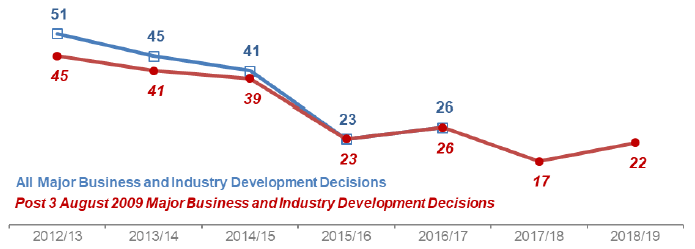
Chart 29: Major Business and Industry Developments: Average decision time
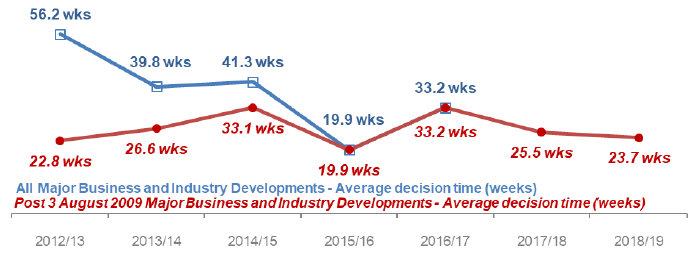
3.2.4. Major Electricity Generation Developments
This includes all types of electricity generating stations. Major Electricity Generation developments are those where the capacity is or exceeds 20 megawatts.
Chart 30: Major Electricity Generation Developments: Number of decisions
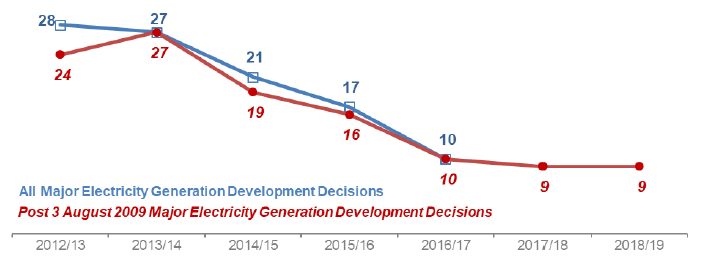
Chart 31: Major Electricity Generation Developments: Average decision time
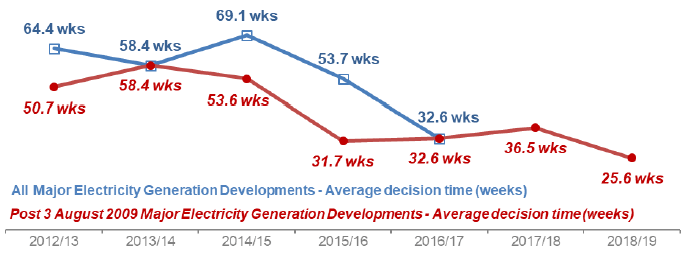
3.2.5. Major Other Developments
Other developments are developments not falling wholly within any other single class. They include but are not limited to retail, leisure and entertainment, education, healthcare, community facilities, transport interchanges, water and drainage developments and projects. This class also covers mixed use projects.
Major Other Developments are where the gross floor space of any building, structure or erection as a result of such development is or exceeds 5,000 square metres or the area of the site is or exceeds 2 hectares.
Chart 32: Major Other Developments: Number of decisions
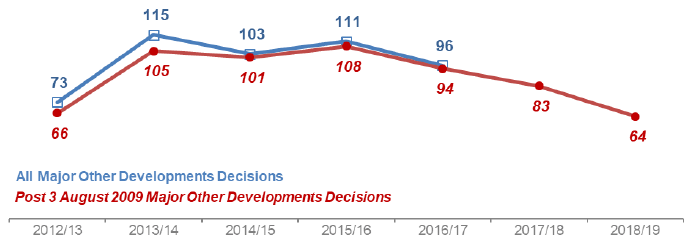
Chart 33: Major Other Developments: Average decision time
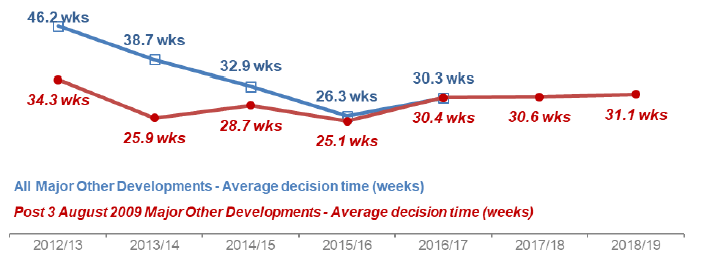
Contact
Email: planstats@gov.scot
There is a problem
Thanks for your feedback